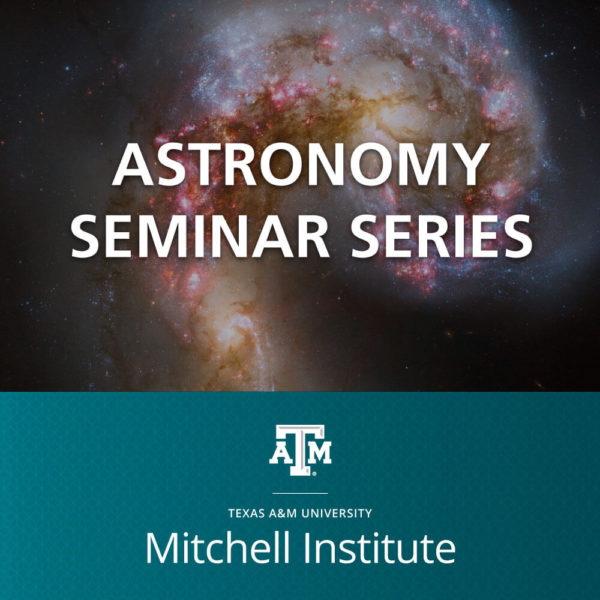Event Details
Massive galaxies, though relatively rare in number, host most of the stars in the Universe and deep in their cores harbor the most extreme supermassive black holes. Today massive galaxies are red and dead ellipticals with little ongoing star formation or organized rotation; naturally they were expected to be relics of a much earlier formation epoch. In this talk I will review the paradigm that has emerged over the last decade, discussing the structural and kinematic evolution of massive galaxies during and after they stopped forming stars (“quenched”) and eventually transformed from rotationally supported disks into kinematically hot ellipticals. Spectroscopic studies of distant galaxies reveal the chemical compositions, detailed star formation histories, and internal motions of stars and gas and are necessary to answer open questions about the details of that cosmic shutdown. I will describe ongoing efforts to better understand this metamorphosis at intermediate redshifts, highlighting results from the ultra-deep LEGA-C spectroscopic survey of ~3500 massive galaxies and the focused multi-wavelength SQUIGGLE survey of post-starburst galaxies caught immediately following their cosmic shutdown. I will show that early quiescent galaxies, retain significant rotational support (~twice as much as local ellipticals), implying that the mechanisms responsible for shutting down star formation do not also have to destroy ordered motion. Furthermore, I will describe first results from the SQUIGGLE survey, including the ALMA discovery of vast reservoirs (~10^{10} Msun) of cold molecular hydrogen remaining in galaxies caught a few 100 Myrs after quenching their primary episodes of star formation. This enigmatic result suggests that the quenching process does not have to fully heat or deplete the gas to halt star formation. Significant advances are in spectroscopic capabilities are near on the horizon - from the upcoming NASA flagship observatory, JWST, and massively multiplexed spectrographs (like the Prime Focus Spectrograph on Subaru). I will discuss our plans to extend spectroscopic studies of galaxies to the earliest moments in cosmic history, with the UNCOVER treasury program on the upcoming NASA flagship observatory - JWST. Finally, my team will connect-the-dots through the peak of cosmic star formation (~10 billion years ago) using the next-generation massively multiplexed Prime Focus Spectrograph on the Subaru Telescope.
